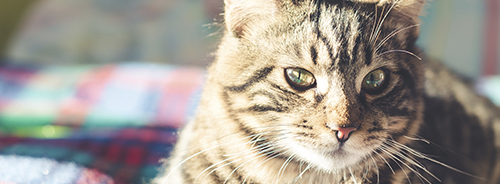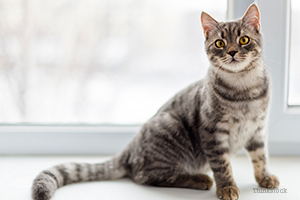
Cats are pretty self sufficient and independent animals, except for when they want to curl up next to us for nice cuddle sessions—adorable. Still, cats often need our help when it comes to health and protection. What can we do, as cat parents, to ensure they’re living the happiest, healthiest, lives possible? First and foremost, routine veterinary visits are extremely important, especially since cats are experts at hiding signs when they’re sick.
Beyond vet visits, to help educate myself and any other curious cat parents out there, I asked 7 veterinarians, ”What are the 5 top cat conditions you would want pet parents to be aware of?" Here’s how they responded:
1. Heartworm disease
Feline heartworm disease is caused by a type of roundworm called Dirofilaria immitis and is transmitted by mosquitoes. While heartworm disease mostly affects dogs, many pet parents are unaware that it can also affect both indoor and outdoor cats. Clinical signs are often subtle, with some cats showing no signs at all. They will become more noticeable as the disease spreads, and may include:
In extreme cases it can even lead to death.
Unlike dogs, most cats are resistant to baby heartworms. This causes them to die before reaching adulthood. Adult worms damage blood vessels and airways in the lungs. This causes a condition called Heartworm Associated Respiratory Disease (HARD).
Learn more about feline heartworm disease >>
Learn more about Heartworm Associated Respiratory Disease (HARD >>
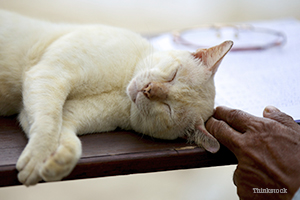 2. Chronic kidney disease
2. Chronic kidney diseaseChronic kidney disease (CKD) is commonly seen in older pets and affects 3 in 10 geriatric cats1. Dr. Celeste Clements says clinical signs of CKD include:
- Increased thirst
- Frequent peeing
- Loss of appetite
- Vomiting
- Weight loss
- Lethargy
- Bad breath with chemical odor
If your cat is showing any of these signs, visit your veterinarian.
Learn more about chronic kidney disease in cats >>
Resources:
- Lulich JP et al. Feline renal failure: questions, answers, questions. Compend Contin Educ Pract Vet. 1992;14(2):127–153
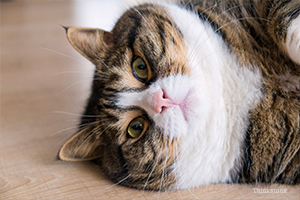 3. Obesity
3. ObesityAccording to the Association for Pet Obesity Prevention (APOP), the 2014 National Pet Obesity Prevalence Survey discovered more than 55% of cats in the U.S. are overweight.
Dr. Ernie Ward warns that when your cat is overweight, she is more inclined to several conditions such as:
If you think Mittens is packing on the pounds, a trip the veterinarian is in order.
5 must ask questions to ask your vet about obesity >>
 4. Bartonella
4. BartonellaDr. Celeste Clements says that, “The Bartonella genus of bacteria is a group of ’bugs’ rapidly developing a reputation as ‘stealth’ pathogens.” The bugs can cause diseases in not only your cat, but you as well. Bartonella can be transmitted by ticks, fleas, lice and spiders. Cat scratch disease is caused by a scratch or bite from an infected cat.
Cats infected with Bartonella may show signs including:
- Fever
- Joint Swelling
- Severe Skin rash
Learn more about Bartonella >>
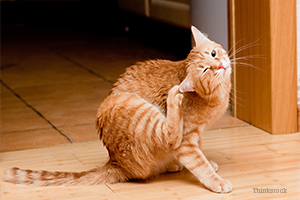 5. Dermatitis and skin problems
5. Dermatitis and skin problemsSkin problems are very common in cats. A common cause is allergies, and allergies that affect the skin are grouped under the term, “allergic dermatitis.”
Just like us, our cats can have allergies to food, their surroundings or a reaction to parasites or flea bites – flea allergy dermatitis. Signs of allergic dermatitis include:
- Itchy skin
- Bad odor
- Red bumps or scaly areas
- “Acne” bumps
- Skin that’s darkened and feels thicker
- Hair loss
- Frequent licking
- Excessive head shakes

